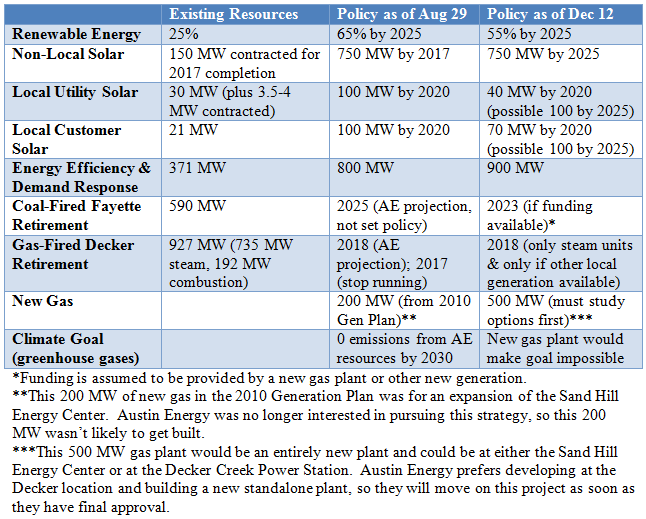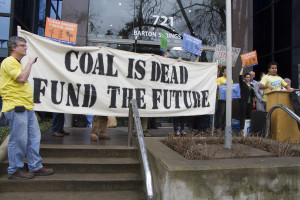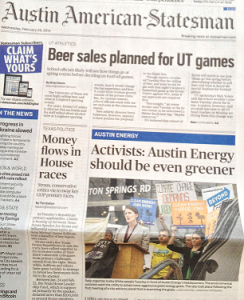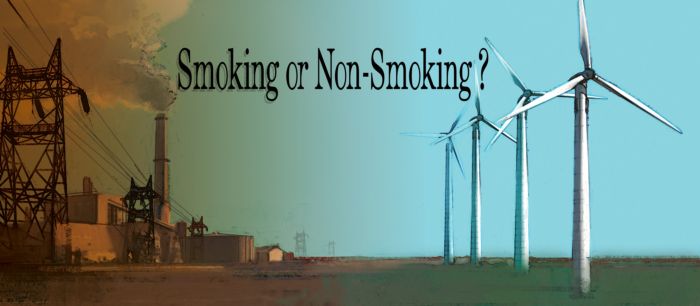The Austin City Council’s vote last night to adopt the Austin Energy Resource, Generation and Climate Protection Plan to 2025 brought to an end a year’s worth of work by numerous advocates and engaged members of the public.
While the result was disappointing, I find myself being immensely grateful for the many people who took time out of their schedules to stand up in support of the strongest renewable energy, energy efficiency, and energy storage goals and in opposition to Austin Energy’s continued use of polluting fossil fuels.
Many of the people who we worked side-by-side with over the past year have spent years trying to improve Austin’s energy policies and their past work has been critical in getting us as far as we are now. Others who hadn’t been very involved in energy policy also got engaged. Some had to put in a lot of effort just to get educated on the complex facts that surround energy policy. What united us all was a common belief that not only is a transition to clean, renewable energy sources possible, but that it is the only responsible course of action.
We joined forces with people and organizations who are concerned about climate change, health impacts of air pollution and water pollution, water use, affordability, and equity. It is clear that when the costs of the many negative impacts of using fossil fuels – including the mining of coal, fracking for gas, and then burning those products – are taken into consideration, clean energy alternatives are by far the better deal. Even without those important costly externalities included in the equation, wind power, solar power, energy efficiency and demand response (strategically reducing energy use at key times) are now all more affordable than energy from a new gas plant.
For all those reasons, we made incredible progress with the policies that the Austin City Council adopted in the Affordable Energy Resolution on August 28. Unfortunately, as a result of losing a big piece of its political cover, Council passed a plan last night (December 11) that rolled back some of those gains and opened the door for Austin Energy to build a big new gas plant.
There’s a lot of misleading information going around, so let’s take a look at the numbers.
It was because of the many dedicated people that we worked with over the past year that we were able to achieve what we did in August and because of your help over the past few weeks and yesterday that we were able to preserves as much of those achievements as we did in the new Austin Energy Resource, Generation and Climate Protection Plan to 2025. Thank you to everyone who contributed time and effort to this important endeavor. We’ll need your help to keep things moving in the right direction in 2015.






